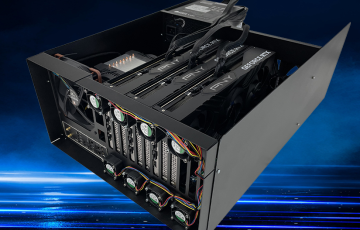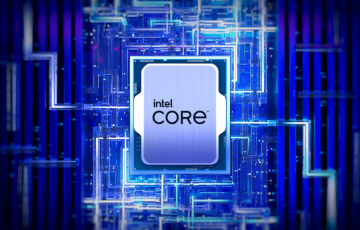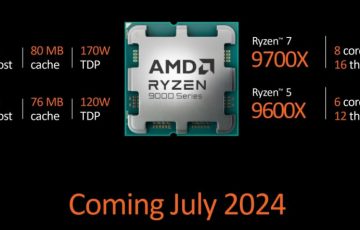If haven’t already heard SSD storage is the future and it’s here right now! An SSD or Solid State Disk was once the reserve of the enthusiast who strived to build the best performing machine no matter the cost. However with rapid reductions on cost over the past few years there are many very good reasons why you should consider using an SSD.
For ease of comparison we need to look at the abundant HDD technology. A hard disk drive (HDD) is the most common means of data storage on the market right now. You are likely to find one in your desktop, laptop or in your digital video recorder. These disks utilize a set of literally spinning magnetic disks in order to store your important data. Because of the mechanical limitations of having to physically rotate disks and move reader heads to access data; the time to from sending a request to open a file to that file being open is increased. This latency is also one of the reasons programs can appear slow to load because all of the code that makes the program do what you want has to be read off the hard drive.
Another factor affecting HDDs is the immense speed and close proximity of the spinning disks to the read head. It was once likened to flying a jumbo jet so close to the ground its undercarriage brushes the tips of the grass, from this analogy we can see how important it is that you do not move a spinning disk drive while it is operational. SSDs can, within reason, be moved and dropped and used at any angle without negative impact.
Now that we have established how an HDD works let’s take a look at how an SSD differs.
An SSD has no physically moving parts, this eliminates all of the latency that is inherent to a spinning HDD. Data transfer rate in a typical HDD can go up to about 140 MB/S this is often however unreachable due to files not being consistent (split up around the disk area) and the latency of moving the disks and reader heads into position. SSD read times can hit up to 600MB/s the latency for split files is reduced significantly due to the removal of moving parts.
Another advantage of having no moving parts is a reduction of noise levels. SSDs are effectively silent with the only noise producer being the electrical circuits within the units.
Of course as with all things there are a couple of downsides to choosing an SSD over an HDD. The most commonly available SSDs come in sizes from 60GB to 256GB as opposed to HDD which come in sizes of up to 4TB. The other factor is pricing a 500GB HDD will cost £40-£50 whereas a 60GB SSD will cost a similar amount. These can be a factor when high amounts of storage are required from a single drive.
A common way to keep storage costs low and still benefit from the vast performance increase is to use a SSD to store your Operating System as well as commonly used program files and documents and to pair this with a larger HDD to use for backups and less frequently used data. This is the setup I use for my personal computer and is one I would definitely advise for any new builds you are considering. A typical operating system install can be as large as 25GB however there are many ways to reduce this footprint on your expensive Solid state storage. Use of a different slimmer Operating system like Windows Embedded or one of the Linux flavours can allow for installs to be brought down to very low levels( 2-4GB).
Another factor contributing to the ability to switch to a lower capacity but faster storage medium is the improvement of Internet connections as well as cloud storage/streaming platforms leveraging that speed allowing for a smooth user experience without the need for you to store the data on your end.
At the end of the day a compromise has to be made but I believe that now, more than ever, it is worth it.






